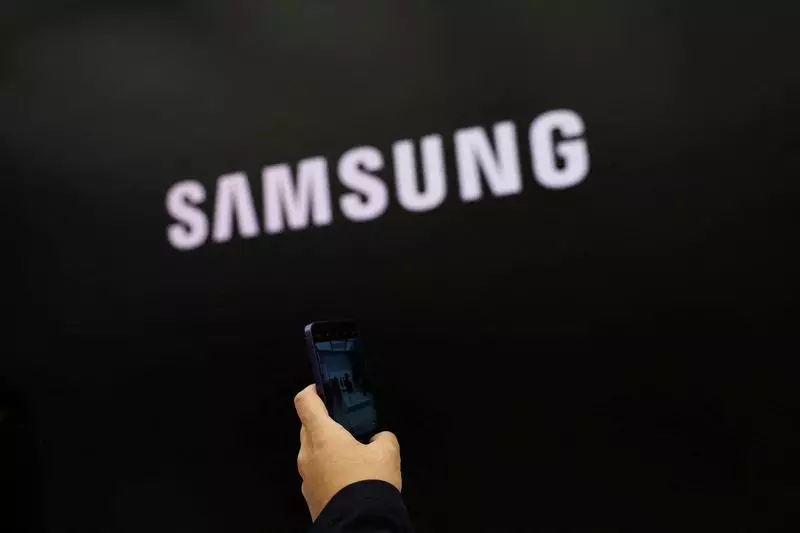Samsung Electronics has estimated a remarkable more than 15-fold increase in its second-quarter operating profit, indicating a significant rebound in its financial performance. This surge in profit can be attributed to the rise in semiconductor prices, driven by the artificial intelligence boom, which has substantially boosted earnings compared to a low base in the previous year.
Apart from the increase in chip prices, Samsung’s better-than-expected profit for the second quarter is also a result of the company reversing its previous inventory writedowns on its books. The value of its chip inventory has rebounded in accounting terms, further enhancing its profitability. Additionally, Samsung’s revenue is anticipated to have risen by 23% in the second quarter compared to the same period last year, reaching 74 trillion won.
Samsung’s semiconductor division is expected to have achieved its second consecutive quarterly profit, building upon its performance in the first quarter. The surge in memory chip prices, particularly for high-end DRAM chips like high bandwidth memory (HBM) chips used in AI chipsets, as well as chips for data center servers and AI-powered devices, has been a significant driver of this growth. The demand for these chips has remained strong, leading to a substantial increase in prices during the second quarter.
While the memory chip prices experienced a notable jump in the second quarter, experts predict that the pace of increase may slow down in the third quarter. This anticipated slowdown is attributed to a lukewarm demand for older legacy chips from the consumer electronics sector. Analysts are closely watching Samsung’s outlook on legacy chips during the upcoming earnings call to gauge the sustainability of the current chip industry recovery.
Despite its significant growth, Samsung faces competition from South Korean rival SK Hynix in the supply of high-end HBM chips to key customers like Nvidia. The demand for high-end chips, including HBM and solid-state drives (SSDs), is expected to continue to outperform the market, offering opportunities for growth. However, challenges such as product approval for fourth-generation HBM chips and the need to address issues related to heat and power consumption remain critical for Samsung’s semiconductor division.
Investor Sentiment and Market Performance
Investors are closely monitoring Samsung’s performance, with its shares reflecting an 8% increase year-to-date as of the latest available data. In comparison, SK Hynix shares have seen a significant rise of 63% during the same period. The volatile nature of the semiconductor market, combined with increasing demand for high-end chips, underscores the importance of strategic innovation and efficient supply chain management for Samsung Electronics to maintain its competitive edge.
Samsung Electronics’ impressive second-quarter operating profit surge underscores the company’s resilience and adaptability in the dynamic semiconductor industry. By capitalizing on the growing demand for high-end chips driven by artificial intelligence applications, Samsung has positioned itself for continued success. However, ongoing competition, regulatory challenges, and market fluctuations necessitate a proactive approach to innovation and market strategy to sustain its leadership position in the global semiconductor market.

